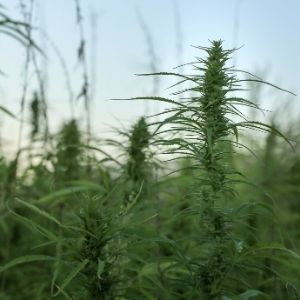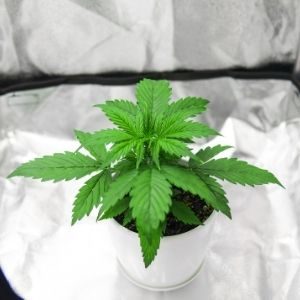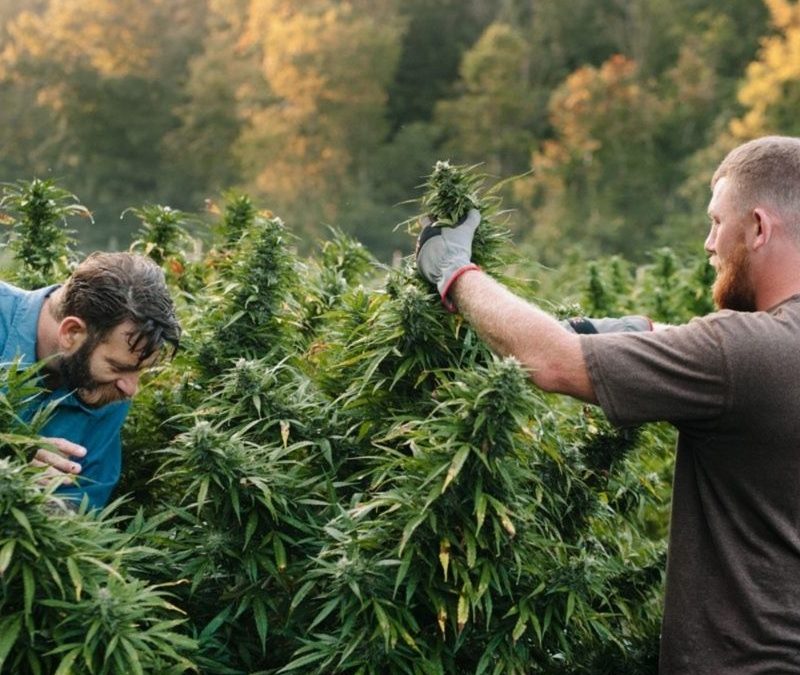The use of plants to remedy and improve physical, emotional and mental well-being is centuries old and as far as we can tell, the reasons for the historical prohibition of Cannabis have been completely unfounded. In December 2020, the UN Commission on Narcotic Drugs (CND) decided to remove cannabis from Schedule IV of the 1961 Single Convention on Narcotic Drugs, which is one more sign that Cannabis is on the way to becoming an accessible commodity all over the world.
Meanwhile, with the Democrats winning the Presidency, House AND the Senate as of January 2021, federal marijuana reform looks promising. According to a Jan. 6 Forbes article on The Impact of Democrats Winning the Senate is that most likely the SAFE Banking Act will be passed. The bill decriminalizing marijuana (the MORE Act), would fully remove cannabis from the Controlled Substances Act and has been the preferred legalization proposal of House Democratic leadership in the current Congress, with the lead Senate sponsor being none other than the incoming Vice President of the United States.
So, while the world makes room for Cannabis, let’ss talk more about where you can make room to grow your own Cannabis garden at home.
WHERE TO GROW?
In Part One of the Growing at Home, we introduced the primary considerations for any homegrower as lifestyle, space, costs and safety. In Part Two, we’re going to cover the concept of space. As mentioned in our first article on growing, many homegrowers start out with a small indoor garden from seeds planted in soil to gain experience. The space considerations are largely dependent on what you have available to you. Generally, you will grow outdoors, indoors, in manufactured rooms, or in tents. It takes some planning and preparation to plant-proof your indoor space due to lighting schedules, temperature, humidity and discreteness. The indoor space undoubtedly provides more control over the environment. Therefore, part two of the Growing at Home series will touch briefly on outdoor growing below, but focus primarily on considerations for your indoor space.
Growing Outdoors
 In terms of maximizing your yield you would ideally transplant outdoors to grow under ample natural sunlight in a class 1 soil with a pH around 6 in one of the more mediterranean climates found in the US such as Washington, California, Oregon, Northeast Maine, South Kentucky & Tennessee, as well as Florida. However, there are limited opportunities to produce a robust plant without detection. Even though nature will provide your plants with ample sun, humidity and room to expand, there may be too many security concerns for most homegrowers to grow outdoors. Most homegrowers with neighbors, space limitations or who don’t have the luxury of living in an optimal climate will opt for an indoor scene.
In terms of maximizing your yield you would ideally transplant outdoors to grow under ample natural sunlight in a class 1 soil with a pH around 6 in one of the more mediterranean climates found in the US such as Washington, California, Oregon, Northeast Maine, South Kentucky & Tennessee, as well as Florida. However, there are limited opportunities to produce a robust plant without detection. Even though nature will provide your plants with ample sun, humidity and room to expand, there may be too many security concerns for most homegrowers to grow outdoors. Most homegrowers with neighbors, space limitations or who don’t have the luxury of living in an optimal climate will opt for an indoor scene.
Growing Indoors
The homegrower will be free to grow discreetly year round with an indoor garden, but the grow operation does require an investment in time and equipment to supplement the plant with everything it would get from growing outdoors. As a beginner indoor grower, you’ll learn to be precise with the temperature, humidity, nutrient and light spectrum needs of the Cannabis plant. Later, you’ll develop your expertise in adjusting the macro- and micro-nutrients as well as the microbial health in order to grow your plants to reach optimal yield and quality.
In terms of investment, electrical safety is your primary consideration when building your indoor space. We want to light our Cannabis on fire, have our Cannabis be referred to as Fire, but what we don’t want is an actual structure fire. The most solid investment you can make is in finding an electrician who will help you calculate and confirm amperage based on your equipment or at least confirm your wiring is up to code. Many homegrowers will not have the luxury of designing a room specifically for the purpose of growing plants, so most will set up shop in a grow tent.
Growing in Tents
 The tent you can use depends on the space available, how many plants you plan to grow, and your living situation. It is obviously more realistic to fit your equipment to your space than your space to your equipment, so let’s nail down some basic principles for designing your home garden.
The tent you can use depends on the space available, how many plants you plan to grow, and your living situation. It is obviously more realistic to fit your equipment to your space than your space to your equipment, so let’s nail down some basic principles for designing your home garden.
- How much space can you designate for your grow room?
- Garage – Where will you store your car, tools, etc.?
- Bedroom – Where is Aunt Sally going to sleep?
- Closet – Who needs clothes?
- How will you ventilate the indoor space?
- Do you plan to use cooler Light Emitting Diodes or more heat producing High Intensity Discharge bulbs? We use Megas and Veg’s from NextLight. See your local hydro shop for more information.
- How much heat will your lights produce? You’ll need to consider this to control the temperature while the lights are both on and off.
- Will you use a passive or active intake? Passive intake is generally fine for smaller grow tents (~112 cubic feet).
- Will there be enough room to keep your exhaust carbon filter and fan inside of your tent? It’s recommended you reduce smell and temperature using the filter and fan from inside the tent, which will also keep debris from entering your fan.
- How many plants do you want to grow in your chosen space?
- Will you use a sea of green method? It looks just like it sounds, growing as many small plants as your space will permit.
- Will you use low- or high-stress training techniques to increase density in top colas? This will require more hands on work with your plants, which is a good thing.
- Are there any state or local regulations restricting the number of plants they expect to see in your homegrow? It helps to be informed.
- Will I use a hydroponic system or grow in soil?
- Do you have space for a reservoir, water lines, and other hydroponic supplies? You will need a staging area to mix your nutrients, clone or germinate seeds, and any additional equipment required for your growing method.
- Are you able to lift heavy bags of soil or have someone you know assist you in mixing a more robust living soil? Growing a garden often demands lifting, crouching and kneeling.
In summary, start small and work your way up in order to avoid making any costly mistakes or buying unnecessary or inadequate equipment. Watch YouTube videos, log a grow diary and ask questions at your local hydroponics stores. We believe in you and don’t want you to give up on creating your own bountiful garden.
If you’re intimated, start with a 2″ x 2 “(4 square feet) tent and you can scale up from there. Later, you can use the 2″x 2” to keep photoperiod mothers and clones or as a drying room for your soon to be cured feminized Bubble Gum Boogie or our regular strain New Order, which was featured in Potguide on January: 8 Marijuana Strains To Grow In 2021. Be sure to read our blog on How to Germinate Seeds (for feminized or regular seeds).
For beginners, we recommend starting with an autoflower strain such as Frosted Watermelon, (most popular) or Pina Colada (biggest yielder), a 1200W LED and organic soil. These options will be highly forgiving while you take steps to become a more experienced homegrower. And make sure you plant your auto seed in a large container (the pot you will finish in), as once the tap roots hit the bottom the plant will start flowering. However, if you have an engineering background then all you need is superior seed genetics from MOSCA seeds and you can design and build your own tent. We suggest reaching out to your local HYDRO STORES for recommendations. Feel free to view our recommended partners for lights, supplies, etc.
Find your space; find your peace.
